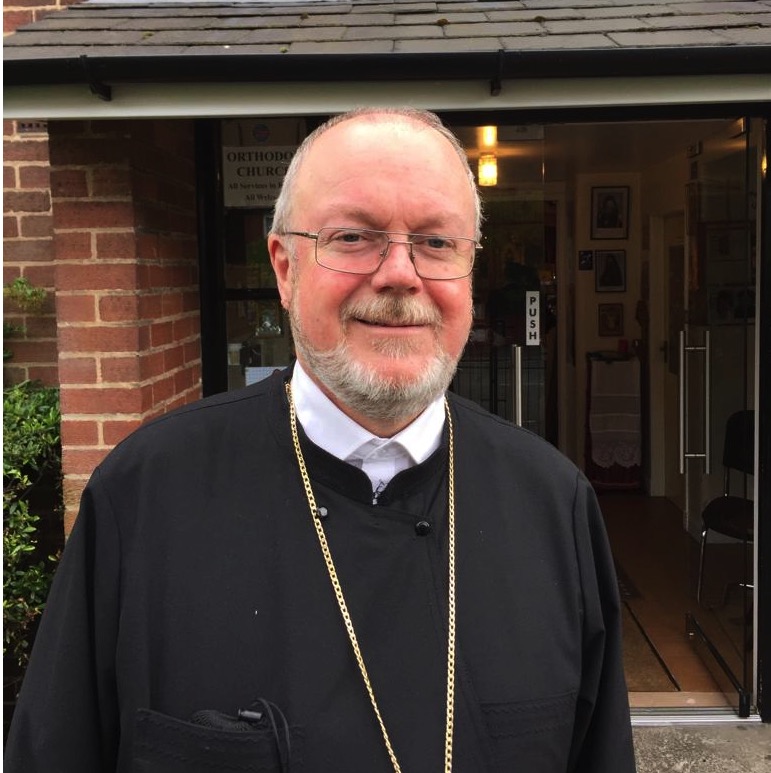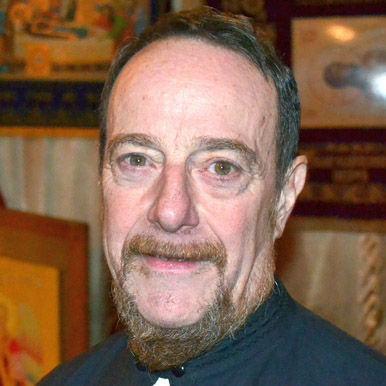The Heights and the Depths
In the name of the Father and of the Son and of the Holy Spirit. God is one. Amen
Today we celebrate the Transfiguration of Jesus Christ on the mountain top with His apostles Peter, James and John. Let’s imagine that we are there with them. What would we experience? How might we respond to such an important and unexpected event?
Like Peter, we might well say first, “Lord, it is good for us to be here.” Then, Peter immediately offered to build a booth for Jesus and for Moses and for Elijah. However, Peter’s gift was declined by God the Father with the words, “This is my one dear Son, in whom I take great delight. Listen to Him.” I think that is exactly what God the Father would say to us when we are on the mountain top praying—“Listen to Him; listen to how Christ wishes to guide you in your life.”
The third-century theologian Origen offers us some helpful advice as to what to do. Origen writes: “Do you wish to see the transfiguration of Jesus? … [Then] listen carefully, if you can, and at the same time be attentive spiritually…. Behold with me the Jesus of the Gospels…. Let him be simply [seen]. There he is [with us] … ‘according to the flesh’ and at the same time in his true divinity. [We behold him] in the form of God according to our capacity for knowledge. This is how he was beheld by those [apostles] who went up upon the lofty mountain to be apart with him [in response to his invitation to join him,]” concluded Origen.
In other words, if you wish to see the Transfiguration of Jesus Christ, read and pray the Gospels. Search for Jesus there: seek to understand Him in the unity of His humanity and His divinity. Remarkably, Christ gives the same invitation to each of us that He gave to Peter and James and John: Join Me in prayer as we seek the will of the Father for our lives. Perhaps our initial response to this invitation from Christ is the same as that of the apostles; and I quote from the 17th chapter of the Gospel of St Matthew—“to be overwhelmed with fear and [throw ourselves] down with [our] faces to the ground.” But then Jesus will come and touch us, just as He did the apostles and say to us, “Get up. Do not be afraid.”
Origen understood that everyone who believed in Christ had not yet gained the ability to climb the “high mountain” and see the Transfiguration and experience the fullness of life that Christ offers to each of us. Origen reflected; and I quote: “Those who do not go [fully] up [to the top of the] mountain can still behold his works and hear his words, which are uplifting,” concluded Origen. Now, I have not seen the Transfiguration; and I doubt that any of us have. However, all of us are now climbing the mountain together to join the apostles in experiencing the impact of the Transfiguration on our lives.
That profound and reliable preacher and theologian St John Chrysostom tells us how to climb up to the top of the mountain where we can learn to see the Light of Christ that can transform each of us. St John preached; and I quote: “[Christ] is transfigured to [show forth] the glory of the cross, to console Peter and the others in their dread of the [coming] Passion and to bring their minds to elevated understanding… Not only did Jesus elevate their understanding, but also He brought their virtues to a higher level, so that they could meet the requirements expected of them. [As recorded in the previous chapter of the Gospel of St Matthew, Jesus] had just said, ‘If anyone wants to become my follower, he must deny himself, take up his cross and follow me,’” concluded St John Chrysostom.
Now, that is a tough challenge: If we wish to be with Jesus Christ on the high mountain at the Transfiguration, we also need to be with him on the small mountain of Golgotha at the Crucifixion. However, when speaking to the apostles and to us about the Crucifixion, Jesus Christ had said; and I quote, “Whoever wants to save his life will lose it, but whoever loses his life because of me will find it,” concluded Jesus. The Crucifixion and the Resurrection and the Ascension of Christ are unquestionably a unity, so perhaps we should look upon the Transfiguration as a foretaste—an anticipatory event—to prepare the apostles and us for the Resurrection and Ascension of Christ.
St John Chrysostom offers us a further important insight. St John preached: “[Jesus] does not say, ‘You must suffer whether you will it or not.’ Rather, he says, ‘If anyone wants to become my follower, he must deny himself, take up his cross, and follow me’…. That is as if to say: ‘I force no one; I compel no one, but each one I make lord of his own choice. So I say, ‘IF any one will,’ concluded St John Chrysostom. In other words, once we are baptized and begin our lives with Christ, we may not know precisely where Christ will lead us. As we discover what it means to follow Christ, we are confronted with both sufferings and joy. Let us rejoice that we can each choose to follow Christ and experience the Transfiguration in our lives here on earth and in heaven.
And so, we ascribe as is justly due all might, majesty, dominion, power and praise to God, Father, Son and Holy Spirit, always now and ever and unto the ages of ages. Father Emmanuel Kahn

 Archpriest Gregory Hallam
Archpriest Gregory Hallam
 Fr. Emmanuel Kahn
Fr. Emmanuel Kahn